These Are the Worst Health Hazards Every Traveler Needs to Know About
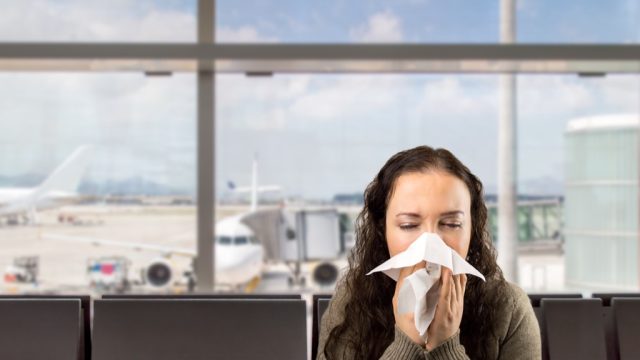
It’s not hard to get sick on the road. With the recycled plane air, germy hotel furniture, and close contact with other tourists, there are countless ways to pick up an illness. And now—due to the recent coronavirus and norovirus outbreaks—it’s even more important to protect our immune systems. Below, we’ve rounded up the worst health hazards spreading today and how to avoid contracting them while traveling.
1
Coronavirus
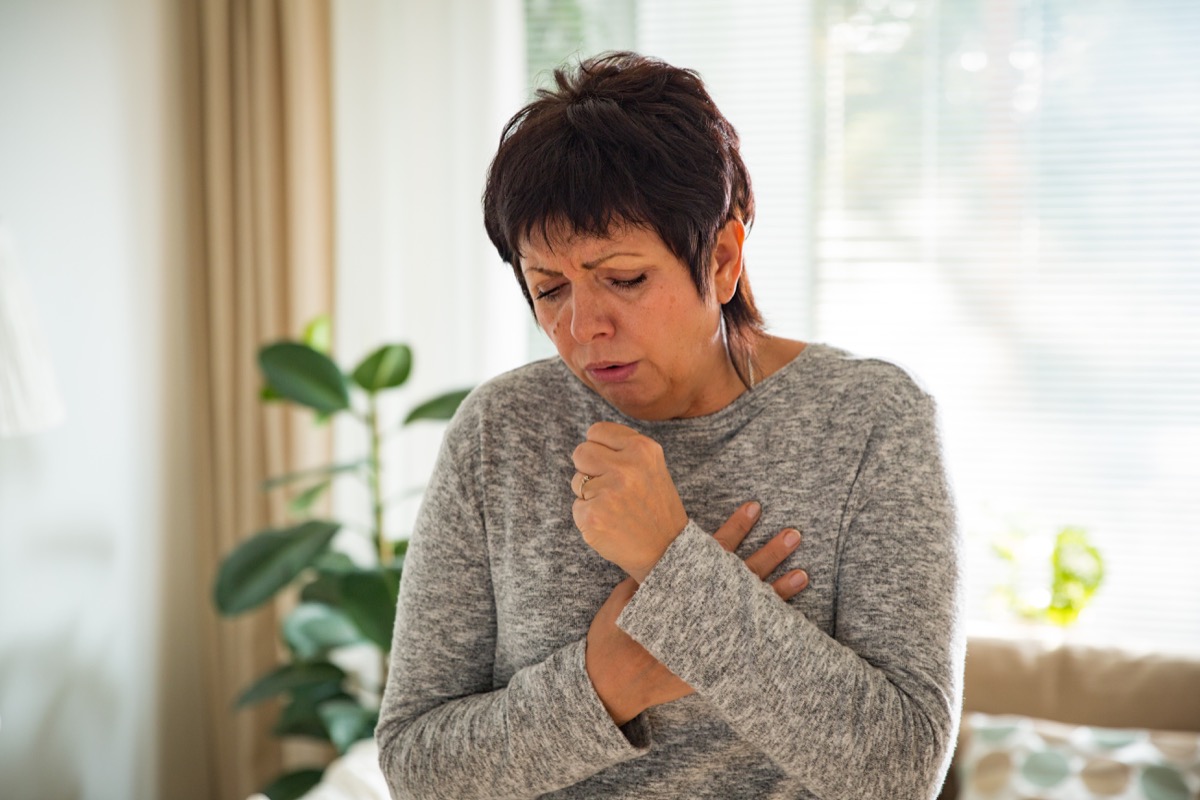
If you haven’t heard the news, the coronavirus has become a global pandemic. Coronavirus COVID-19 is a new type of respiratory infection that was first identified in Wuhan, a large port city in China. According to the Centers for Disease Control and Prevention (CDC), the symptoms—fever, cough, and shortness of breath—can range from mild to severe, even fatal. While the majority of cases have been in China, the virus has traveled to more than 30 other countries, including Italy, Iran, and South Korea. Recently The New York Times reported there have been at least 34 confirmed cases in the U.S. (although those people are in quarantine).
You can only pick up coronavirus through contact with an infected person, so if you are planning a trip to a country that has seen a spike in the virus, you should probably reconsider. For instance, the U.S. Department of State has issued a level 4 “do not travel” China travel advisory, and the CDC has released a level 2 travel health alert for Italy.
2
Norovirus

Norovirus is an extremely contagious virus that causes vomiting and diarrhea. It spreads through direct or indirect contact with someone who has it, or through contaminated food or water, according to the CDC. The virus spikes during the winter and is rarely fatal except in severe cases, mostly among children and the elderly.
The most common outbreaks occur when people are in close quarters, such as on cruise ships or in hotels. For instance, Princess Cruises’ Caribbean Princess was forced to end its voyage early and return to Florida after more than 300 passengers and crew members got sick with norovirus. Similarly, an outbreak spread in a Louisiana casino, affecting more than 200 people.
The best way to prevent norovirus while traveling is to wash your hands often, rinse fruits and vegetables well, and make sure food is thoroughly cooked before eating. Pack hand sanitizer, and if you feel like you might be experiencing symptoms, report them to medical staff immediately.
3
Ebola
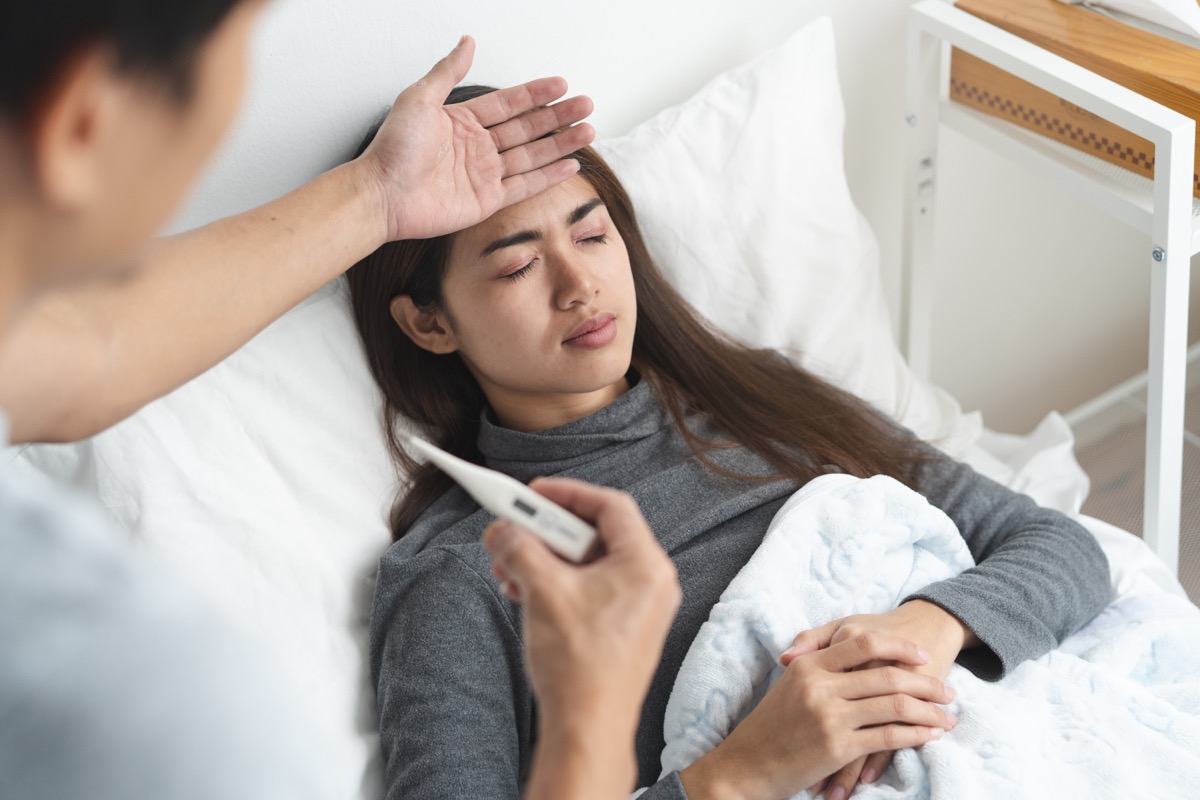
Ebola is a deadly virus located mainly in sub-Saharan Africa that can affect both humans and primates. In 2014, the World Health Organization (WHO) reported that Ebola first appeared in the United States after an infected traveler returned to Dallas after visiting West Africa, the epicenter of the epidemic. Today, the virus is most active in the Democratic Republic of the Congo.
Ebola can be spread from animal to human, or from human-to-human through contact with infected blood or bodily fluid, explains the CDC. Symptoms—like fever, aches and pain, vomiting and diarrhea, and unexplained bleeding—may appear from two to 21 days after you’re infected. The virus is often fatal, but those who seek medical attention ASAP can survive. Luckily, travelers today are at a very low risk, besides for those in contact with primates or bats in Africa (aka, probably not you). If you are traveling to Africa, the surest way to prevent Ebola is to avoid touching animals and sick people, and to wash your hands often.
4
Zika

Zika is spread by mosquitoes, and while anyone can contract it, the CDC warns that the biggest risk is for pregnant women, who could experience miscarriage, stilbirth, or birth defects if they catch the virus. The most dangerous part is that the symptoms are relatively mild (fever, rash, headache, and joint and muscle pain), so many infected people don’t feel sick enough to seek medical attention.
Although the virus has diminished, the WHO reported in 2019 that it is still slightly active in 87 countries across most of Latin America, the Caribbean, and the United States. If you are traveling to an area that has had a Zika outbreak, pack long-sleeved clothing and bug spray, and inquire with your hotel if they offer mosquito nets. You may also want to travel to cities in the wintertime, when mosquitoes are less active.
5
Malaria

Malaria affects areas of Africa, the Caribbean, South America, Asia, and the South Pacific (think: anywhere mosquitos are prevalent). The good news is that with proper healthcare, Malaria is highly treatable and rarely becomes life threatening. It can be detected through a blood test and treated with drugs. The symptoms, according to the CDC, are flu-like and may include severe chills, headache, muscle aches, and overall fatigue. Most people might begin to show symptoms as early as seven days or as late as three months after exposure. If you’re traveling to an area where malaria is common, talk to your doctor about taking prescription medicine before and during your trip, and take the proper precautions to avoid bug bites.
6
Yellow Fever
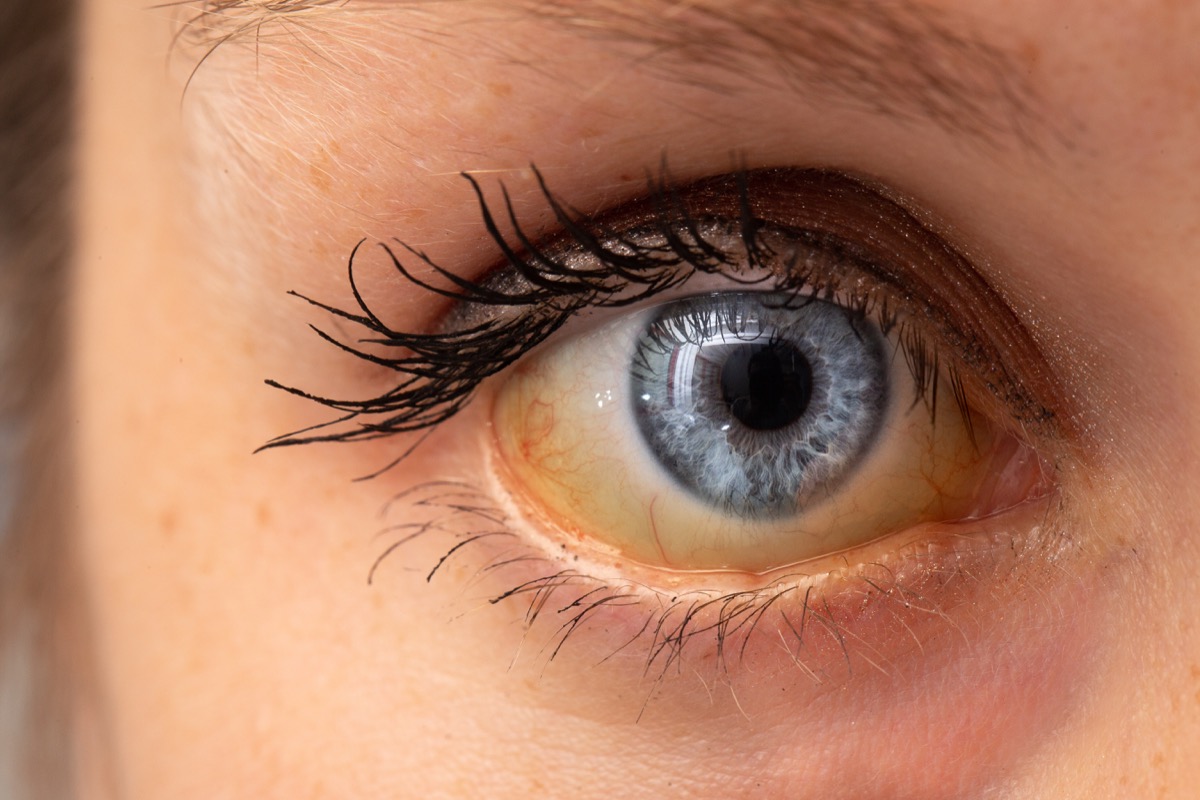
This mosquito-borne virus—found in tropical and subtropical parts of Africa and South America—gets its name from the yellow jaundice that some infected people experience. Initial side effects are flu-like and include fever, muscle pain, headache, nausea, vomiting, and fatigue, according to the WHO, but some people might develop more serious symptoms like jaundice, bleeding, and organ failure. There is no known treatment for yellow fever, and the mortality rate is 30 to 60 percent for serious cases, explains the CDC. That being said, there is a vaccine that prevents yellow fever, and one single dose can protect you for life. If you’re visiting a high-risk area, the vaccine is required and you must show medical papers at the border control. To get the immunization, make an appointment at a specialized travel clinic like Passport Health.
7
Polio
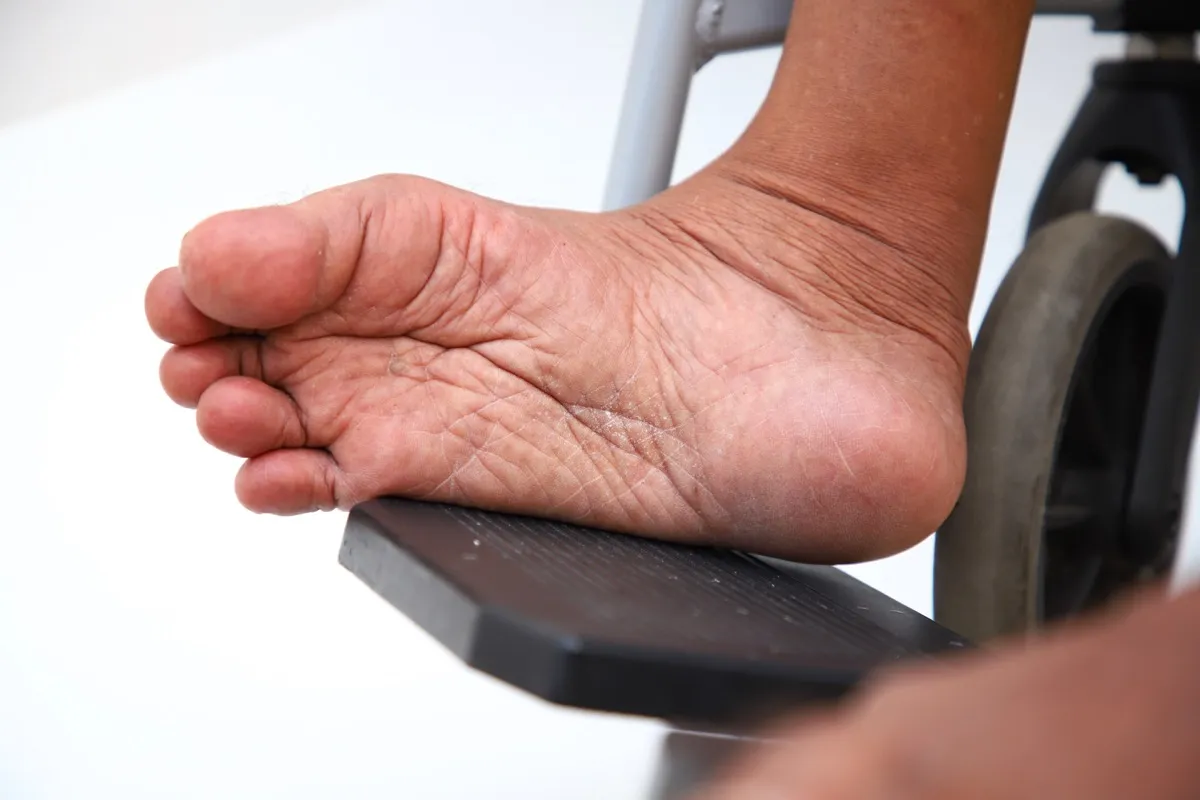
Polio is a life-threatening disease caused by the poliovirus, which spreads from person to person through contact with feces or, more rarely, saliva or mucus from sneezing or coughing. Polio affects the spinal cord and brain, and leads to paralysis and sometimes death. The flu-like side effects include sore throat, fever, nausea, headache, and fatigue, but only one in four people infected actually manifest these symptoms; most don’t show visible signs of sickness.
Today, there is a safe polio vaccine, and the CDC recommends that all children get four doses of it. Chances are, you don’t have to worry about polio if you’re traveling since it has been eliminated from the majority of the world. Afghanistan, Nigeria, and Pakistan are the only three countries that haven’t been certified free of the disease. If you’re traveling to one of those nations, you should talk to your doctor to make sure you’re properly vaccinated. If not, they’ll administer a booster shot.
8
Measles
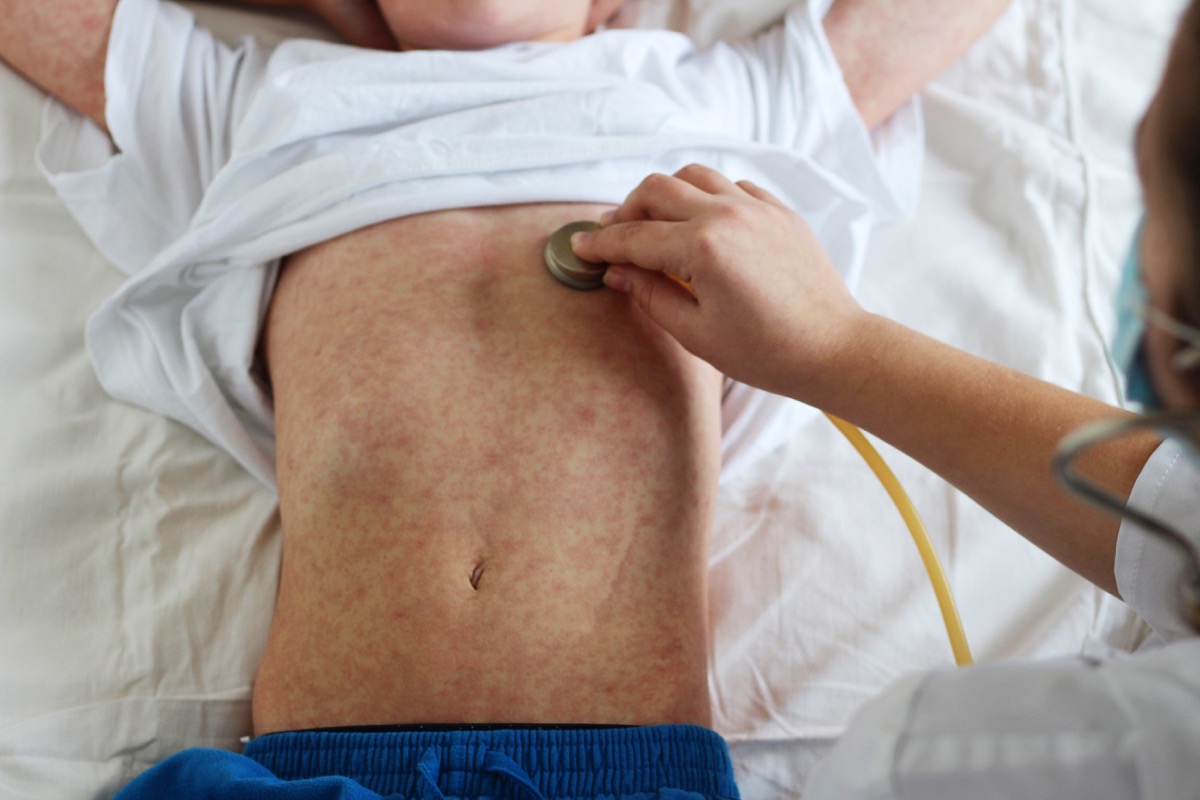
Thankfully, the measles have been eliminated in the U.S., but this contagious viral disease is still common in other countries where there is less access to immunization, explains the WHO. The measles are an airborne disease spread through coughing and sneezing, and babies and young children are the most susceptible group. The most common symptom is a high fever, which can spike above 104 degrees, along with a runny nose or cough.
Anyone visiting an area where measles is active should be fully vaccinated at least two weeks prior to traveling. Consult the CDC’s map of global measles outbreaks and speak to your healthcare provider before traveling to one of these regions.
9
Hepatitis A
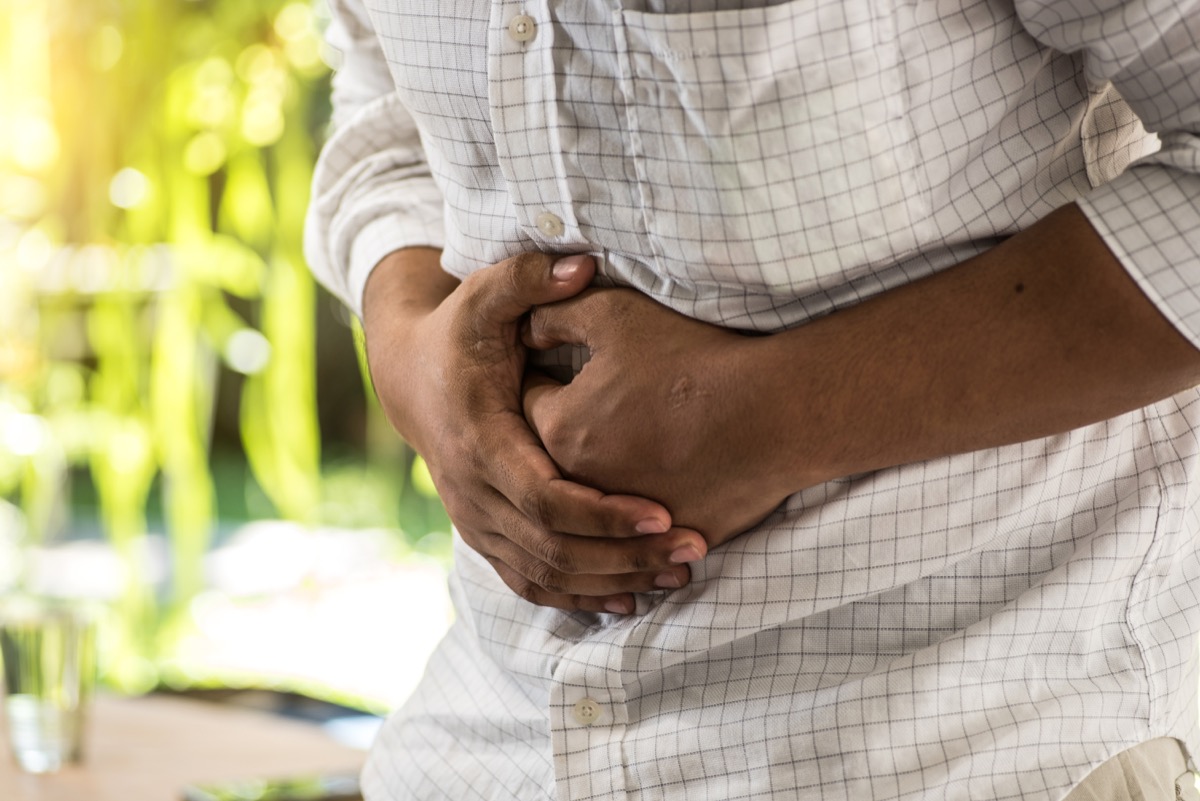
This highly contagious liver infection is contracted through contaminated food or water as well as through fecal or oral contact with an infected person. Symptoms typically occur four weeks after infection and may include fever, tiredness, loss of appetite, stomach pain, and nausea. However, they are usually resolved after two weeks, explains the CDC. Hepatitis A doesn’t cause chronic liver disease, and almost everyone who gets infected fully recovers, according to the WHO.
The disease is most closely associated with bad sanitation and poor personal hygiene, so it’s important to be vigilant about washing your hands often and drinking bottled water. Still, the best way to prevent hepatitis A is to get vaccinated, so check with your doctor to see if you are properly protected before traveling.
10
Typhoid

Typhoid fever is an illness caused by a bacteria spread through human contact or contaminated food and water. Once in your system, the bacteria may enter the blood steam, multiply, and become life-threatening. Typhoid is most common in the developing world where sanitation is poor and food may be unsafe. Symptoms include high fever, general weakness, muscle aches, diarrhea, and loss of appetite, reports the Mayo Clinic.
If you’re traveling to a high-risk area, be cautious about what you consume. The CDC offers a simple rule for travelers: “Boil it, cook it, peel it, or forget it.” In other words, drink bottled or boiled water, make sure all food is cooked thoroughly, and stick to produce that can be peeled. Stay away from street food if you can, and wash your hands thoroughly before you eat. If you think you might have typhoid, see a doctor immediately, so they can prescribe antibiotics.
11
Dengue
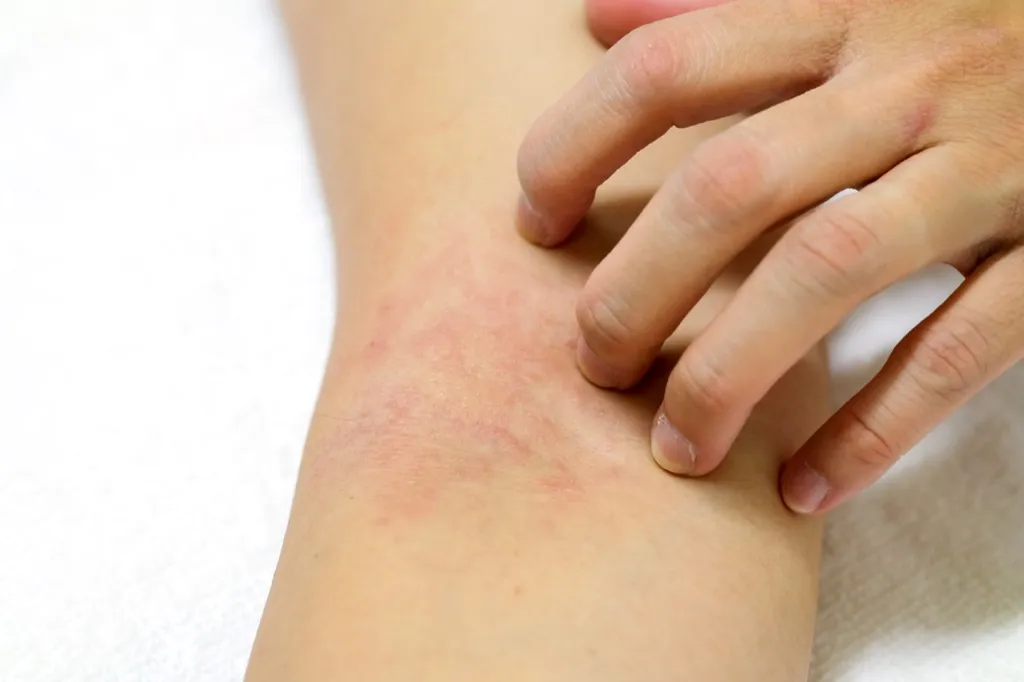
The four types of dengue viruses are common in more than 100 countries around the world, posing a risk to about 40 percent of the global population. The silver lining: Although an estimated 400 million people are infected each year, the fatality rates of severe dengue are very low (less than 1 percent). The symptoms range from moderate (fever and rash) to more rare and severe (vomiting, bleeding from the gums or in stool). Dengue is found where mosquitoes are common: in tropical and subtropical regions around the world, including many parts of the U.S. While there is no treatment for dengue, most people recover on their own, according to the Mayo Clinic. Take precautions to avoid mosquito bites by wearing long sleeves and pants, applying bug spray, and using screens on windows and doors.
Doctor’s orders: These are the 30 Smartest Ways to Avoid Getting Sick When You Travel.